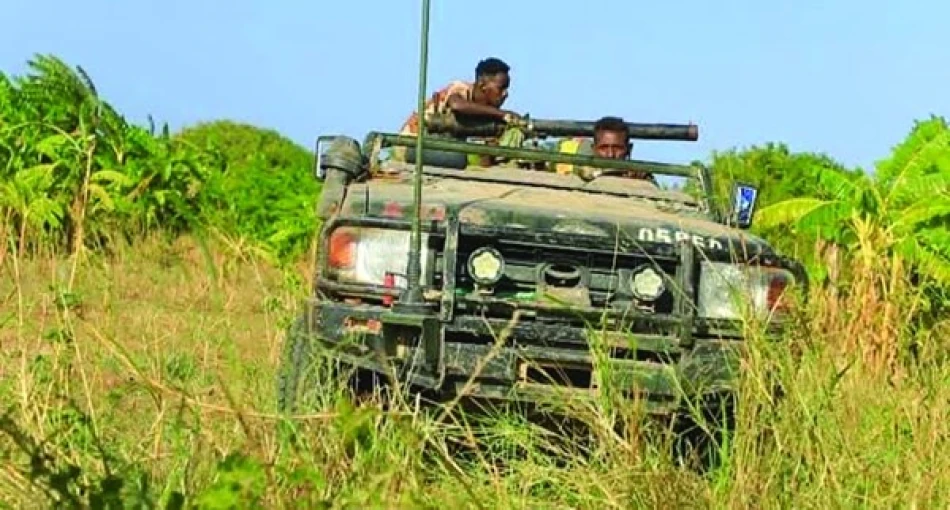
Somalia Unveils Innovative Counter-Terrorism Strategy to Safeguard Stability
Somalia Deploys New Strategy to Combat Al-Shabaab's Deadliest Weapon
Somalia's defense and security ministers have approved a comprehensive national strategy to counter improvised explosive devices (IEDs), the most lethal weapon wielded by Al-Qaeda-linked Al-Shabaab militants. The move comes as government forces claim significant battlefield victories, killing over 70 insurgents in recent clashes while losing six soldiers in the strategically important Galgaduud region.
Targeting the Terror Group's Signature Tactic
The new counter-IED strategy represents a critical shift in Somalia's approach to combating Al-Shabaab, which has used homemade explosives to devastating effect against both military personnel and civilians for over a decade. Defense Minister Ahmed Moalim Fiqi emphasized during a joint meeting with the Interior Security Minister and National Security Advisor that success requires unified security institutions and sustained international cooperation in training and technical support.
The strategy encompasses enhanced intelligence sharing, intensified community awareness programs, and capacity building within security agencies. This multi-pronged approach mirrors successful counter-IED campaigns in Iraq and Afghanistan, where coalition forces learned that defeating improvised explosives required both technical solutions and community engagement.
International Partnership Proves Essential
The presence of international partners in approving the strategy underscores Somalia's continued reliance on external support. The African Union Transition Mission in Somalia (ATMIS) and various Western nations have invested heavily in training Somali forces, yet Al-Shabaab's IED capabilities have only grown more sophisticated over time.
Unlike previous initiatives that focused primarily on military responses, this strategy emphasizes community involvement—a recognition that local populations often possess crucial intelligence about bomb-making activities and militant movements.
Battlefield Gains Offer Strategic Momentum
The timing of the new strategy coincides with notable military successes. Government forces recently repelled a major Al-Shabaab assault on Al-Dheere town in Galgaduud region, killing more than 70 militants while suffering relatively light casualties—six soldiers killed and 14 wounded, according to local media sources.
The lopsided casualty ratio suggests improved tactical coordination between government forces and allied militias, potentially indicating that years of international training are finally yielding results. Galgaduud region holds particular strategic importance as it sits along key supply routes between central and southern Somalia.
Long Road Ahead Despite Progress
While these developments signal progress, Somalia's security challenges remain formidable. Al-Shabaab has demonstrated remarkable resilience, adapting its tactics and maintaining territorial control across large swaths of rural Somalia despite sustained military pressure since 2007.
The group's IED expertise has evolved from crude roadside bombs to sophisticated devices capable of penetrating armored vehicles. This technological advancement has made the new counter-IED strategy not just beneficial but essential for any meaningful progress in degrading Al-Shabaab's operational capabilities.
Success will ultimately depend on whether Somalia can maintain the institutional coordination and international support necessary to implement this strategy while capitalizing on recent battlefield momentum. The stakes extend beyond Somalia's borders, as Al-Shabaab's defeat would significantly weaken Al-Qaeda's presence in East Africa.
Most Viewed News

 Layla Al Mansoori
Layla Al Mansoori






